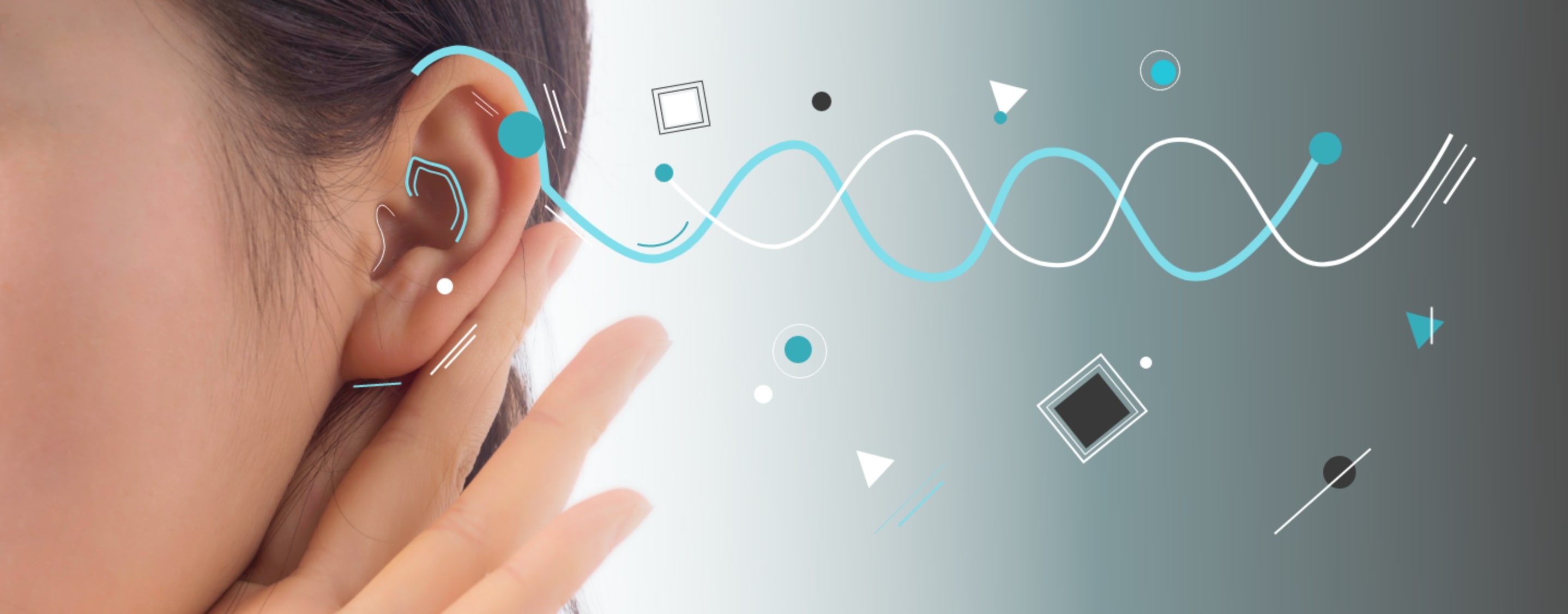
Hearing loss affects over 460 million people worldwide. The World Health Organisation (WHO) projects the rise in hearing loss to affect four in every ten people by the year 20501. Despite the growing prevalence many people are unaware of the realities and the impact of hearing loss and deafness.
Hearing loss is referred to as an ‘invisible epidemic’, because it cannot be seen but its effects are pervasive and far-reaching. As a result it only makes it more difficult to explain the stigma and clear misconceptions regarding this topic.
Persons with hearing loss often find themselves having to ask for repetition, or struggle to follow through conversations which becomes exhausting. As a result, they tend to withdraw from social situations that require their full listening abilities and this often leads to feelings of isolation and depression.
The most common misconception when it comes to persons with hearing loss, or the Deaf, is that speaking louder makes it easier for the individual to understand what is being said. Most times, talking louder and over-articulating distorts the sound signal and makes it harder for persons with hearing loss to understand what is being said. This also makes it harder for these individuals to use lip-reading if they rely on it. More focus should be put on speaking clearly, while facing the person at an acceptable distance so that they are able to use visual cues to assist in their understanding2.
Hearing loss and deafness cannot be classified as the same thing. Hearing loss is usually described as an elevation in hearing thresholds, above the “normal” range of about 20-25dBnHL. This can be described in severity from mild to moderate, moderately-severe, severe or profound, or a combination of these. Persons with severe to profound hearing loss, who have little to no hearing thresholds, usually self-classify as deaf. Being deaf, however, depends on the individual and whether they associate with the term and align themselves with Deaf culture. These individuals usually use sign language as their main mode of communication.
Many people with hearing loss do not make use of sign language. This is because they can hear some of the sounds and have adapted and learnt strategies to better understand what is being said. Many persons with hearing loss either rely on lip reading, or they make use of assistive devices like hearing aids that help them to hear speech and and support communication.
A huge misconception about hearing loss is that it only occurs in the elderly. Yes, as the body ages so does the hearing organ but there are many cases where hearing loss is caused by factors other than old age. Examples include genetic hearing loss, hearing loss as a result of a disease/disorder, hearing loss caused by ototoxic medications and noise-induced hearing loss. Age-related hearing loss is the number one cause of hearing loss and noise-induced hearing loss the second most prominent cause.
Another misconception about hearing loss is that people think that they will notice when they have one. As hearing loss occurs so gradually, oftentimes the person does not even realise that they have an issue until it is flagged by their loved ones. Early signs often include difficulty hearing in noisy restaurants or other social venues, increasing the TV volume, and fatigue after being in difficult listening environments like a cocktail party.
Another common misconception is that nothing can be done about hearing loss. Continuous research efforts around the world on hearing and hearing technologies are improving interventions to provide personalised hearing solutions for all kinds of hearing loss. Having a hearing loss does not have to limit a person’s quality of life considering all the available technologies and support strategies.
Another misconception is that hearing aids, assistive listening devices and/or cochlear implants restore hearing to normal. Hearing aids are often compared to spectacles, which offers an immediate correction to the visual impairment. It is important to note that spectacles work by correcting light reflection to the surface of the eye, whereas with hearing loss, the brain is awoken to sounds that were never heard before (or forgotten) and has to now determine how to process these incoming sounds. This involves the brain having to rewire the sound processing networks internally, which is a gradual process. Hearing aids serve to improve the residual hearing of the individual. While the hearing aid technologies are continually improving and offer wonderful features, persons with hearing loss may still struggle to hear in the presence of background noise.
The first step to better hearing is to take a hearing test and confirm your hearing status. Based on those results if there is a hearing loss there are a range of potential hearing aid technologies and support strategies. Many of the hearing aids and services can be tried without any risk and often with money back guarantees. So don’t wait, earlier is always better when it comes to hearing loss treatment.
2. Schacter, J., 2020. 17 Misconceptions About People with Hearing Loss - Hearing Health Foundation. [online] Hearing Health Foundation. Available at: https://hearinghealthfoundation.org/blogs/17-misconceptions-people-with-hearing-loss [Accessed 5 August 2021].
please visit: www.hearxgroup.com
